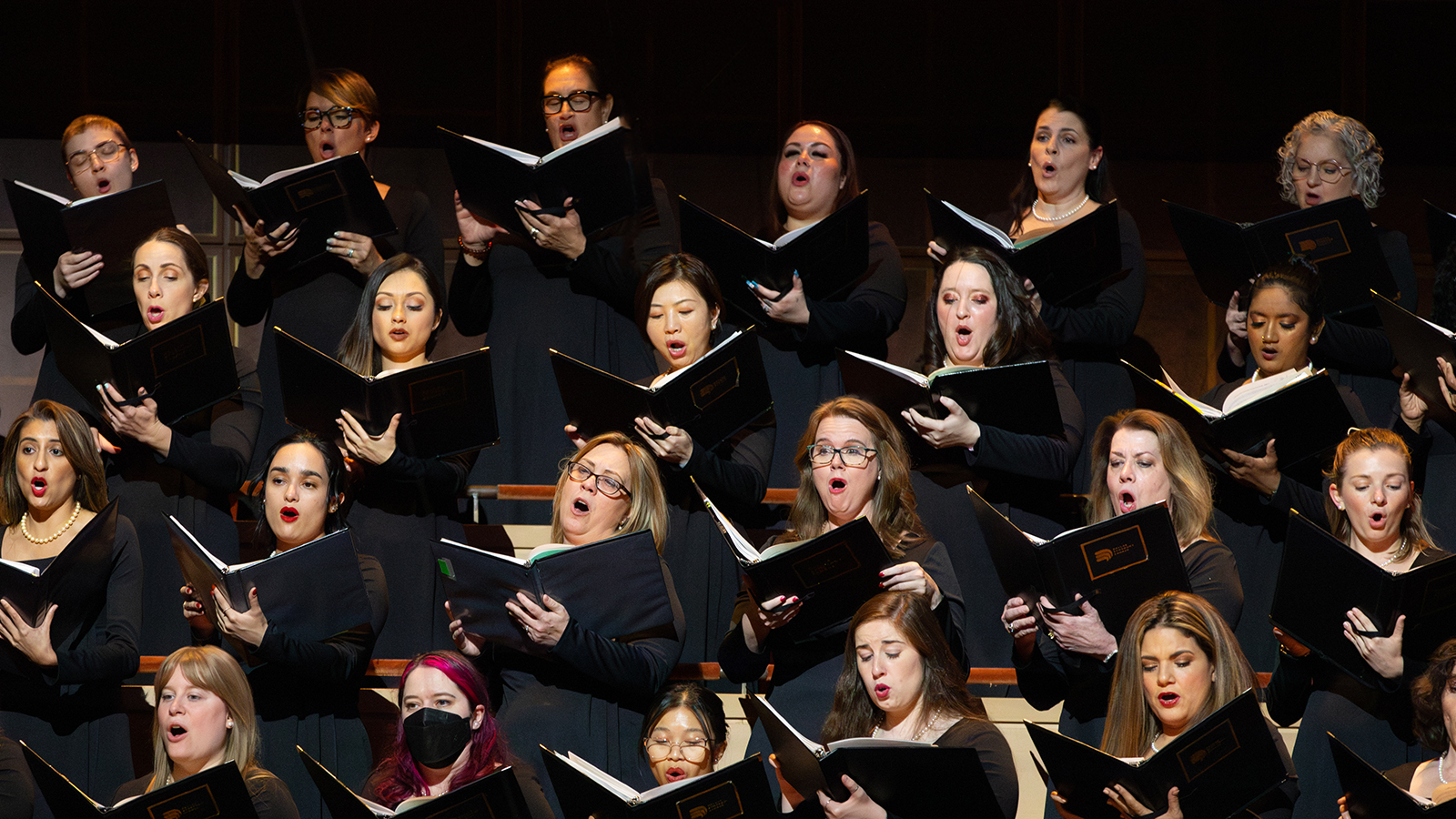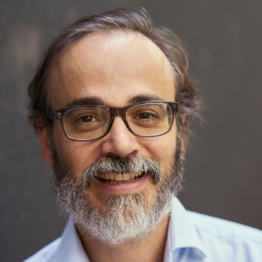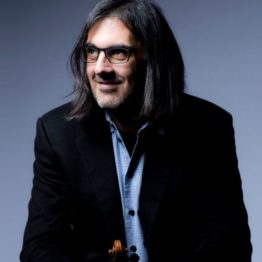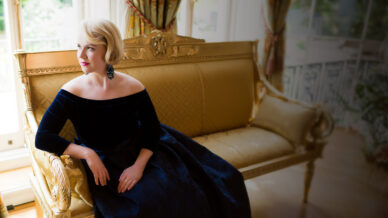

Beethoven’s “Eroica”
May 22 – 24, 2025
Subscribe to the 24/25 season today! To learn more about subscription packages or to renew your current subscription, visit dallassymphony.org/subscribe. Single tickets will go on sale in late June. To be the first to receive season updates and special offers from the DSO, sign up for our email listing here.
ILAN VOLKOV conducts
LEONIDAS KAVAKOS violin
KYLE GANN Serenity Meditation (after Ives) (2011)
SHOSTAKOVICH Violin Concerto No. 1
BEETHOVEN Symphony No. 3, “Eroica”
World-renowned violinist Leonidas Kavakos interprets Shostakovich’s Concerto, whose sonorities range from quiet contemplation to the most spectacular cadenza you’re ever likely to witness to a frenzied finale, guaranteed to leave you amazed. Then, from two out-of-the-blue chords to exhilarating finale, the “Eroica’s” majesty and grandeur, extraordinary scope, and bold harmonies rise to a triumphant climax and proclaim that a new era in music has begun. Dallas-based composer Kyle Gann “tinkered” with one of his favorite Charles Ives pieces (which he lamented as being too brief) and “stretched it out,” as he says, resulting in his Serenity Meditation (after Ives).



